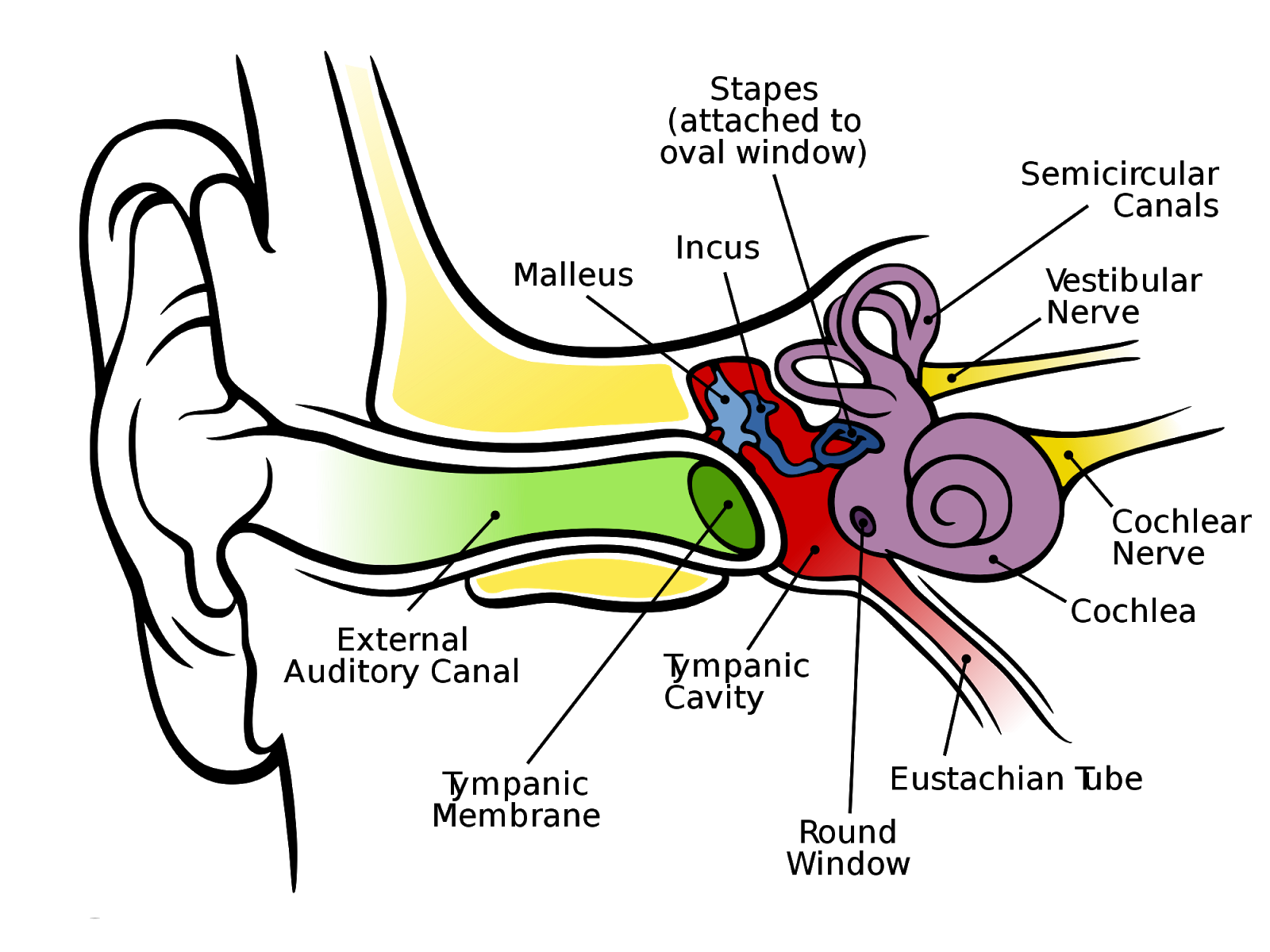The ear canal is a remarkable structure that plays a vital role in our auditory system. It not only serves as a passage for sound waves but also protects the delicate components of the inner ear from foreign elements. The ear canal functions as an essential part of our hearing process, working in tandem with other parts of the ear to enable us to perceive sound. In this article, we will explore the various functions of the ear canal, its anatomy, and its significance in our everyday lives.
Additionally, the ear canal is responsible for maintaining the health of the ear by producing earwax, which acts as a natural barrier against dust, debris, and microorganisms. Understanding the ear canal function can help us appreciate how this seemingly simple structure contributes to our overall hearing experience. Let’s delve deeper into the complexities of the ear canal and discover its multifaceted roles.
From its anatomy to common issues that affect ear canal function, this article aims to provide a comprehensive overview of this essential component of our auditory system. Whether you are curious about how the ear canal works or interested in learning about potential problems that may arise, we have you covered.
What is the Anatomy of the Ear Canal?
The ear canal, also known as the external auditory canal, is a tubular structure that extends from the outer ear (pinna) to the eardrum (tympanic membrane). It is approximately 2.5 centimeters long in adults and has a slight S-shape. The ear canal is lined with skin that contains specialized glands that produce earwax, known as cerumen. Here are some key anatomical features of the ear canal:
- Pinna: The visible part of the ear that collects sound waves.
- External Auditory Meatus: The canal leading to the eardrum.
- Eardrum: The membrane that vibrates in response to sound waves.
How Does the Ear Canal Function in Hearing?
The ear canal plays an instrumental role in the process of hearing. When sound waves enter the ear canal, they travel towards the eardrum, causing it to vibrate. These vibrations are then transmitted to the ossicles, a series of tiny bones in the middle ear, which amplify the sound and relay it to the inner ear. The ear canal function in hearing can be summarized in the following steps:
- Sound waves are collected by the pinna.
- They travel through the ear canal to the eardrum.
- The eardrum vibrates in response to the sound waves.
- These vibrations are transmitted to the ossicles.
- Finally, the inner ear converts the vibrations into electrical signals sent to the brain.
What Role Does Earwax Play in Ear Canal Function?
Earwax, or cerumen, is produced by the glands in the ear canal and serves several essential functions. It acts as a protective barrier, keeping dust, debris, and microorganisms from reaching the eardrum. Earwax also has antibacterial properties, helping to prevent infections. Moreover, it helps to lubricate the ear canal, preventing dryness and itchiness. However, excessive earwax buildup can lead to blockages and impair ear canal function.
How Can Ear Canal Function be Affected by Health Conditions?
Various health conditions can impact ear canal function, leading to discomfort or hearing loss. Some common issues include:
- Ear Infections: Bacterial or viral infections can cause inflammation and fluid buildup in the ear canal.
- Excessive Earwax Buildup: This can lead to blockages, affecting hearing and causing discomfort.
- Tinnitus: A condition characterized by ringing or buzzing in the ears, often linked to ear canal issues.
- Allergies: Allergic reactions can cause swelling and irritation in the ear canal.
What Are Common Symptoms of Ear Canal Dysfunction?
When the ear canal function is compromised, individuals may experience a range of symptoms, including:
- Pain or discomfort in the ear.
- Hearing loss or muffled sounds.
- Itching or irritation in the ear canal.
- Drainage or discharge from the ear.
- Tinnitus or ringing in the ears.
How Can You Maintain Healthy Ear Canal Function?
Maintaining proper ear canal function is essential for good ear health. Here are some tips to keep your ear canals healthy:
- Keep the ears dry and clean, avoiding cotton swabs which can push wax further in.
- Consult a healthcare professional for regular ear check-ups.
- Avoid inserting foreign objects into the ear canal.
- Stay hydrated and maintain a healthy diet to support overall ear health.
When Should You See a Doctor About Ear Canal Function?
If you experience persistent symptoms such as pain, hearing loss, or unusual discharge, it is crucial to seek medical advice. A healthcare professional can examine your ear canal and determine the underlying cause of the issue. Early intervention can help prevent further complications and restore optimal ear canal function.
Conclusion: The Importance of Understanding Ear Canal Function
Understanding ear canal function is vital for appreciating how our auditory system works and how we can maintain our ear health. The ear canal is an intricate structure that not only facilitates hearing but also protects our inner ear from harm. By being aware of the potential issues that can affect ear canal function and taking proactive steps, we can ensure our ears remain healthy and functioning optimally for years to come.
Discovering The World Of Bolly4u.cc Org: Your Go-To Source For Bollywood Entertainment
Discovering Funyo: A Journey Into Creativity And Culture
Unveiling The Mystique Of Zoecip: A Journey Through Art And Expression


